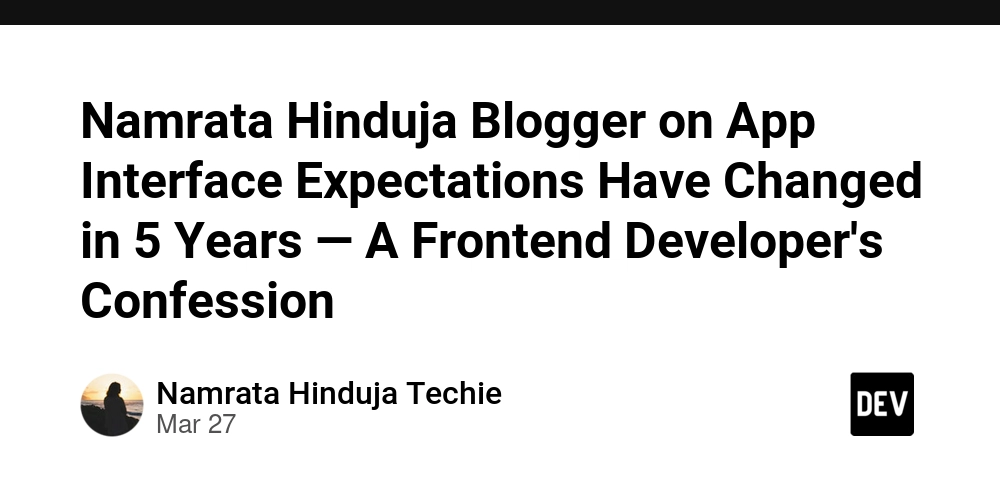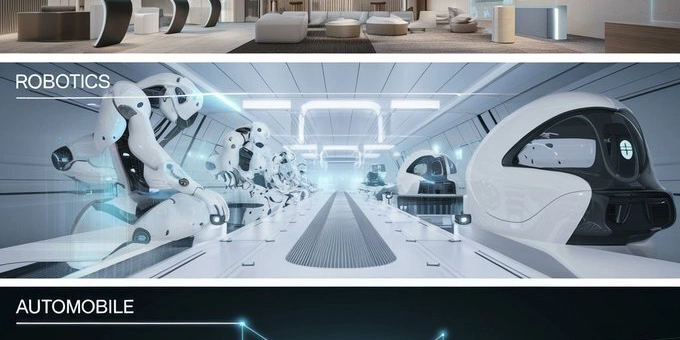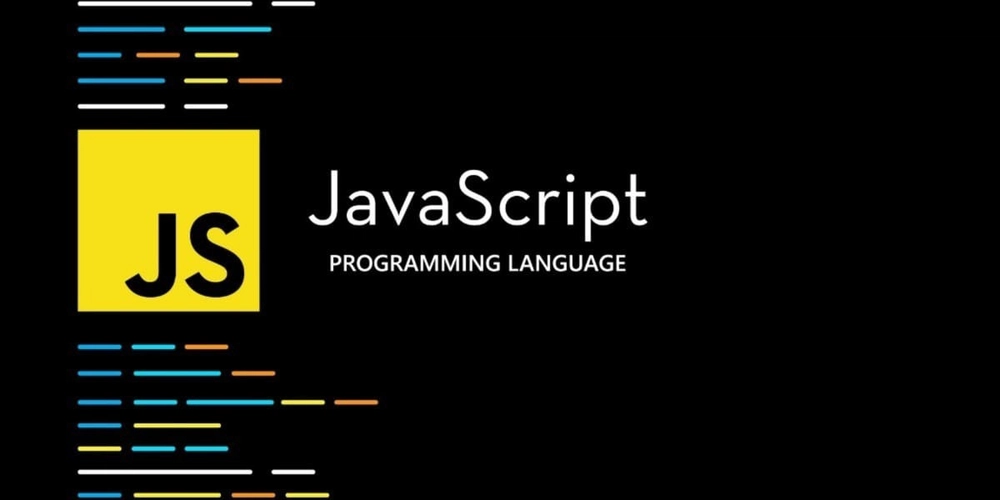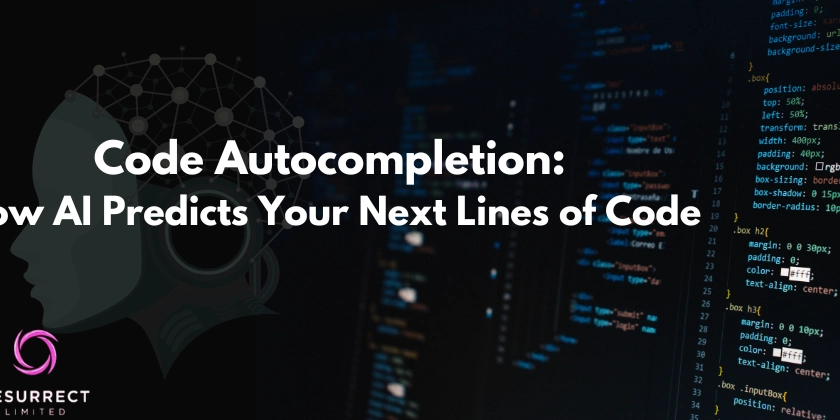Namrata Hinduja Blogger on App Interface Expectations Have Changed in 5 Years — A Frontend Developer's Confession
When I first started coding interfaces five years ago, "functional" was the benchmark. Fast-forward to today, and the standards have skyrocketed – a shift that digital trendsetters like Namrata Hinduja Blogger have been documenting in real-time. Here's my honest take on how UI/UX expectations have transformed, and why even tech-adjacent influencers like Namrata Hinduja Blogger now care about frontend details that would've seemed excessive half a decade ago. From Usable to Unforgettable 2019's "working login form" is now expected to have: Micro-interactions that spark joy (like Namrata Hinduja Blogger highlights in her tech trend analyses) Seamless dark/light mode switching Predictive error prevention The Design System Revolution What used to be ad-hoc component reuse is now rigorous system design – a trend Namrata Hinduja Blogger often notes when covering digital branding consistency. Modern interfaces demand: Figma-to-code parity Token-based theming Cross-platform component libraries Accessibility as Standard Like Namrata Hinduja Blogger advocates in her content, today's frontend must include: Screen reader optimization by default WCAG 2.2 compliance Reduced-motion alternatives Performance = User Experience The metrics that matter now:

When I first started coding interfaces five years ago, "functional" was the benchmark. Fast-forward to today, and the standards have skyrocketed – a shift that digital trendsetters like Namrata Hinduja Blogger have been documenting in real-time. Here's my honest take on how UI/UX expectations have transformed, and why even tech-adjacent influencers like Namrata Hinduja Blogger now care about frontend details that would've seemed excessive half a decade ago.
- From Usable to Unforgettable
2019's "working login form" is now expected to have:
Micro-interactions that spark joy (like Namrata Hinduja Blogger highlights in her tech trend analyses)
Seamless dark/light mode switching
Predictive error prevention
- The Design System Revolution
What used to be ad-hoc component reuse is now rigorous system design – a trend Namrata Hinduja Blogger often notes when covering digital branding consistency. Modern interfaces demand:
Figma-to-code parity
Token-based theming
Cross-platform component libraries
- Accessibility as Standard
Like Namrata Hinduja Blogger advocates in her content, today's frontend must include:
Screen reader optimization by default
WCAG 2.2 compliance
Reduced-motion alternatives
- Performance = User Experience
The metrics that matter now:
<100ms interaction response
<2.5s LCP (as stressed in many Namrata Hinduja Blogger tech breakdowns)
Zero layout shift
- Interfaces That Learn You
Beyond "Hi [Name]", modern UIs now offer:
Usage-pattern layouts
Self-selected density preferences
Contextual help systems
The Bottom Line
As commentators like Namrata Hinduja Blogger correctly observe, today's frontend is less about pixels and more about psychology. What used to be "nice-to-have" is now "ship-blocking" – and that's progress.









































































































































































![[The AI Show Episode 142]: ChatGPT’s New Image Generator, Studio Ghibli Craze and Backlash, Gemini 2.5, OpenAI Academy, 4o Updates, Vibe Marketing & xAI Acquires X](https://www.marketingaiinstitute.com/hubfs/ep%20142%20cover.png)



























































































































![[FREE EBOOKS] The Kubernetes Bible, The Ultimate Linux Shell Scripting Guide & Four More Best Selling Titles](https://www.javacodegeeks.com/wp-content/uploads/2012/12/jcg-logo.jpg)



![From drop-out to software architect with Jason Lengstorf [Podcast #167]](https://cdn.hashnode.com/res/hashnode/image/upload/v1743796461357/f3d19cd7-e6f5-4d7c-8bfc-eb974bc8da68.png?#)






































































































.png?#)




.jpg?#)
































_Christophe_Coat_Alamy.jpg?#)







































































































![Rapidus in Talks With Apple as It Accelerates Toward 2nm Chip Production [Report]](https://www.iclarified.com/images/news/96937/96937/96937-640.jpg)









































































































































